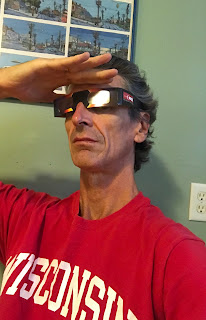Stuff I Learned - Circulatory System

When I was a kid, my family drove a ginormous Ford van. True to the times, it was fully customized with the requisite shag carpeting, wood paneling and captain's chairs. Sweet. In addition to feeling like a rolling living room, it had two huge fuel tanks. Each tank was probably about as big as my entire Smart Car, and the range of the Econoline was remarkably long. It felt like refueling took the better part of the day, though I scarcely remember ever stopping for gas in that van. I have fond late-70's memories of road trips to my family's cabin, track meets, and ski trips in that van - mostly accomplished without having to stop to refuel. Pedestrians - get out of the way! Small window made it hard to see out of groovy vans. Why am I reminiscing about the van that caused global warming? I'm mentioning this van because it had a large capacity to carry fluid, and it did so by having more than one reservoir to handle all its capacity. The human body similarly ha



